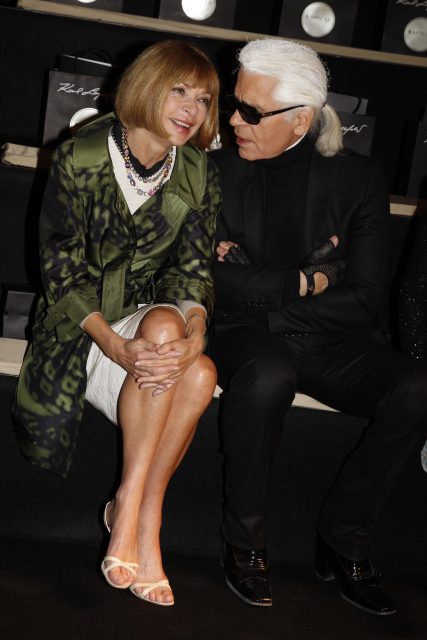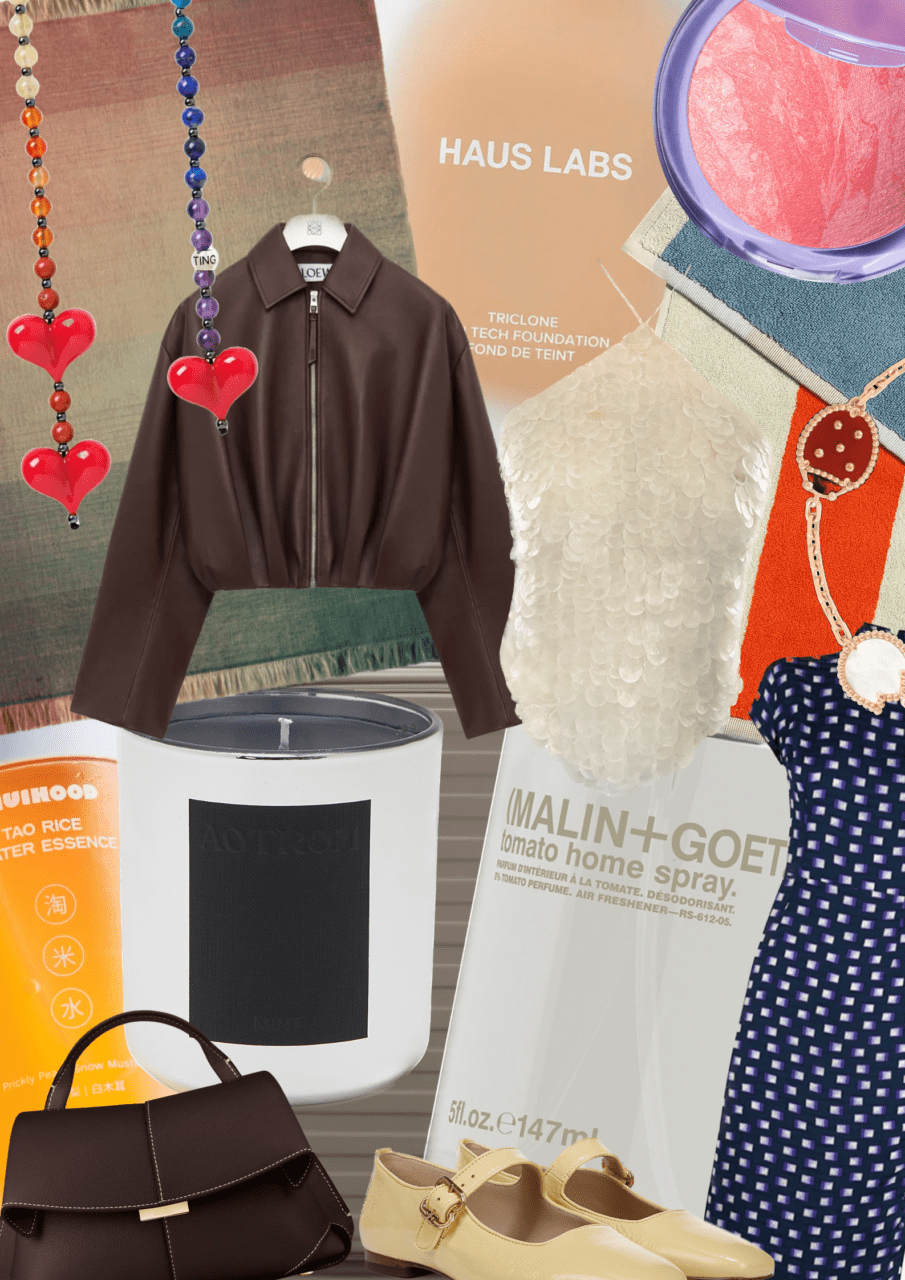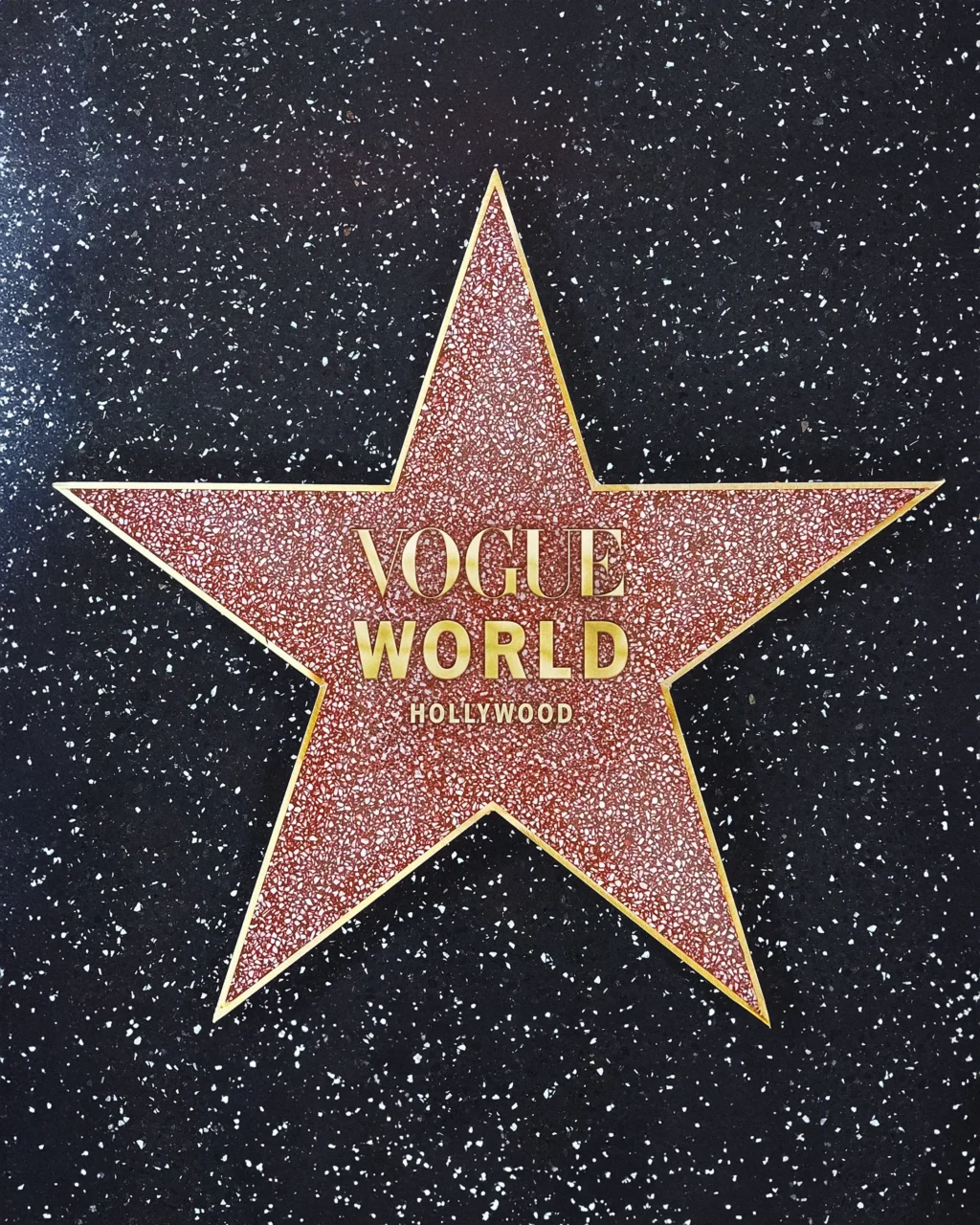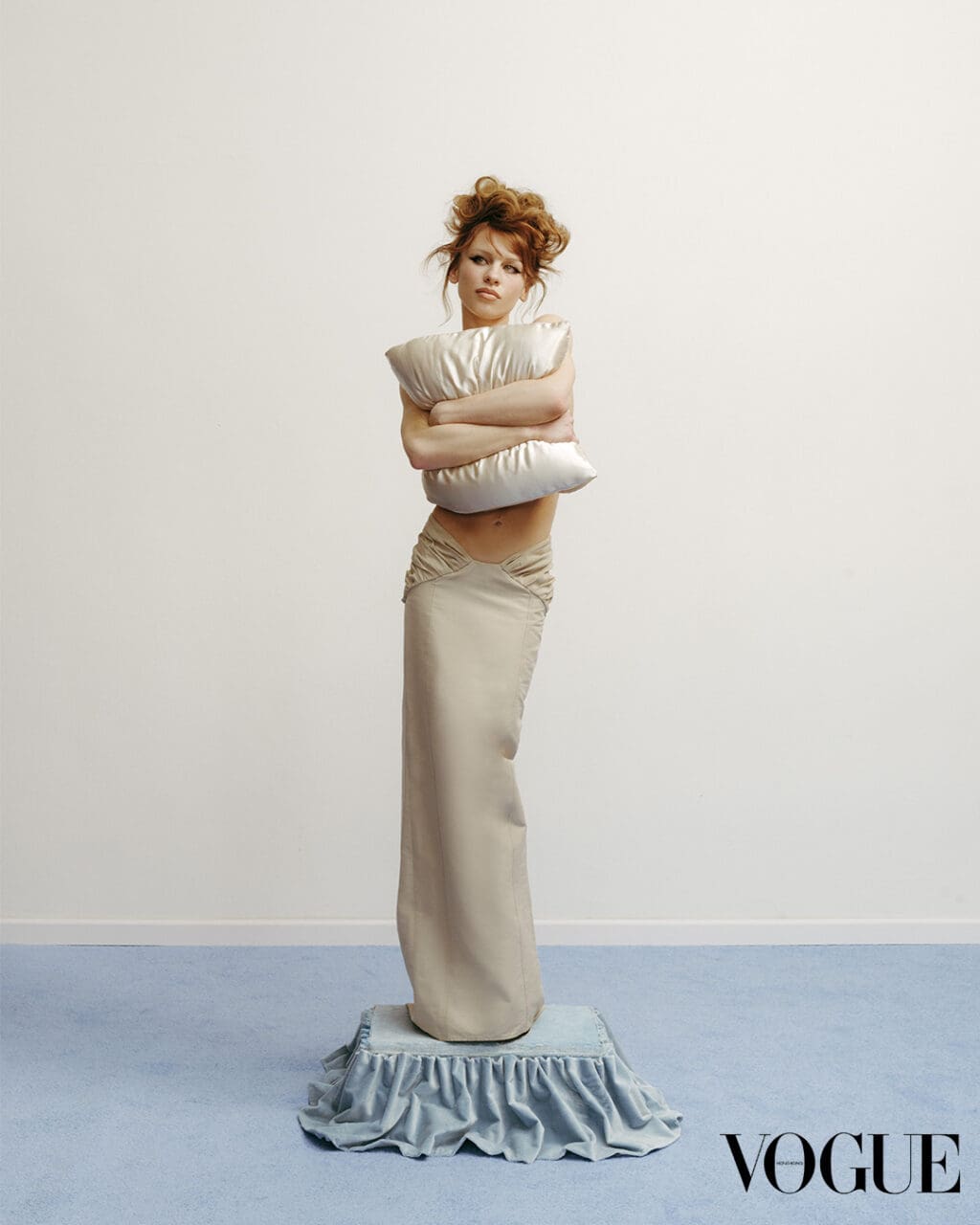Mary Quant has died at the age of 93, her family has confirmed in a statement.
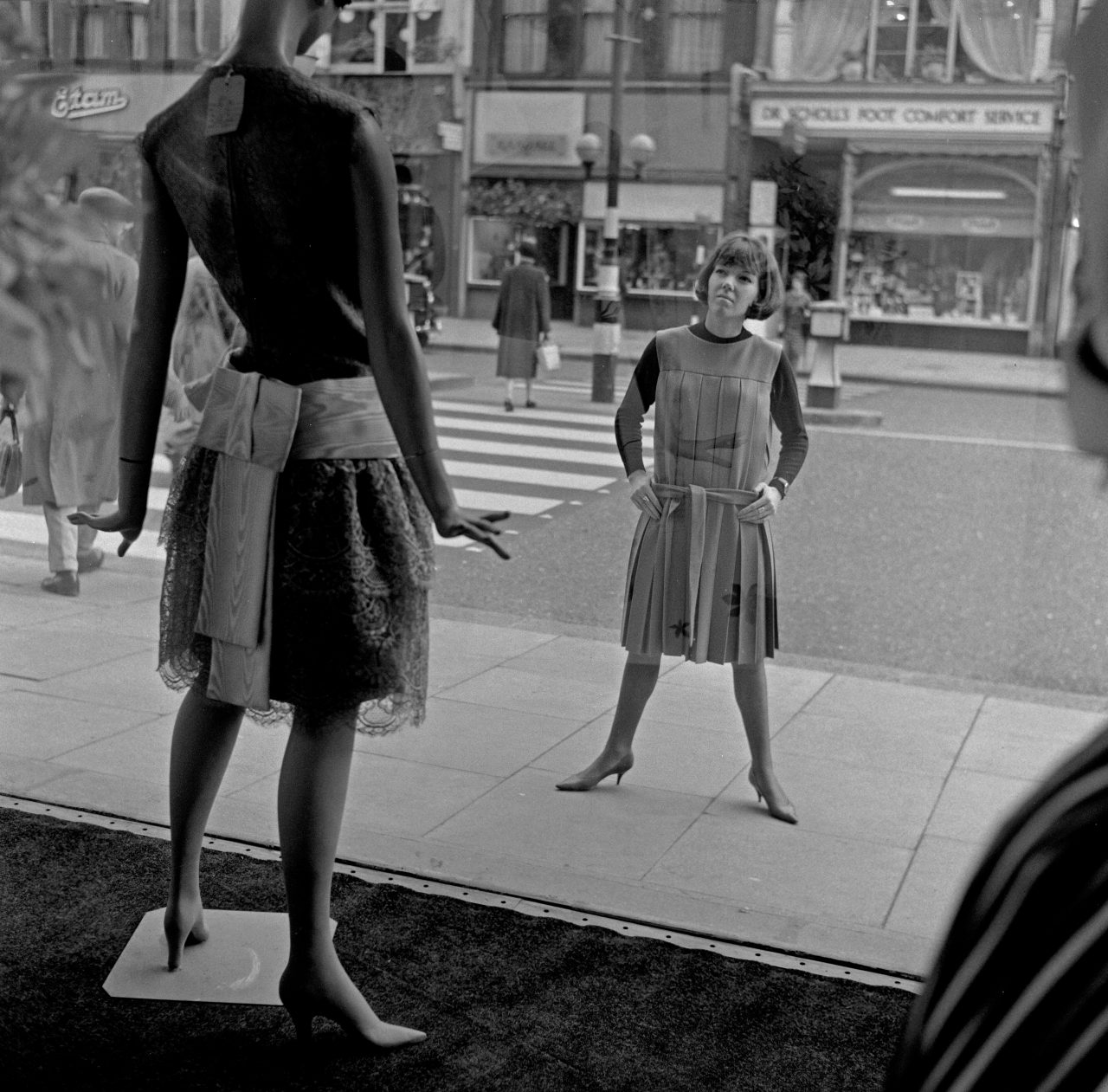
October 14, 1960 Mary Quant standing outside her shop Bazaar on The Bromption Road in Knightsbridge, London, looking into the shop window as a passer by would do.
Photo: Cyril Maitland/Mirrorpix via Getty Images
When the Sixties poster girl opened her Bazaar boutique on the King’s Road in 1955 at the age of 21, she had no idea that she was about to change the nature of fashion forever, becoming the face of a global brand that encompassed everything from make-up to bedding. In her autobiography, Quant by Quant, she recalls stocking her Chelsea boutique with a “bouillabaisse of clothes and accessories… sweaters, scarves, hats, jewellery, and peculiar odds and ends”, until her boredom with post-war styles led her to create her own designs.
More than floral jumpsuits and PVC raincoats, it was Quant’s boutique itself that transformed the retail landscape and made her a household name. “We wanted to entertain people as well as sell to them,” she wrote. In lieu of the restrained displays found in other Chelsea shops, Quant filled Bazaar’s windows with surrealist installations: a photographer suspended upside down while capturing a mannequin with a flash bulb; a model with a real lobster trailing behind her on a lead; and a Harley Davidson riding out of a bright gold package.
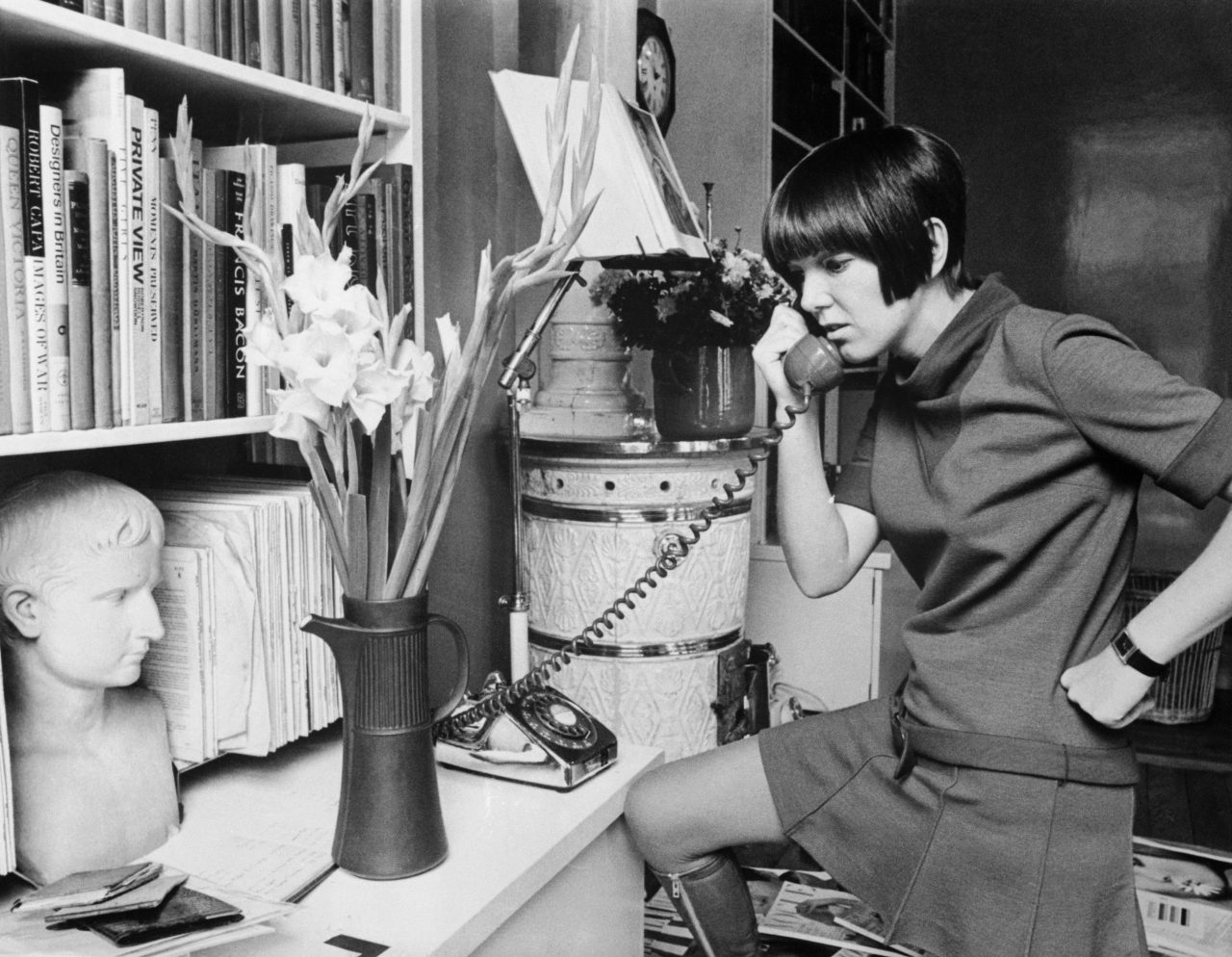
Mary Quant on the telephone, working at home. The gilt phone base is a typical offbeat Quant touch. Her bookshelves reveal both very broad interests and intense professionalism in her own field of fashion.
Photo: Getty Images
Swinging London took notice. Within months, Mary Quant’s bright tights, miniskirts, and plastic collars were flying off the shelves, with Quant famously declaring, “Snobbery has gone out of fashion… In our shops, you will find duchesses jostling with typists to buy the same dress.” Meanwhile, Bazaar became a “kind of permanently running cocktail party”, staying open late at night and acting as a hub for the Chelsea Set’s socialites and artists along with numberless Youthquake beauties.
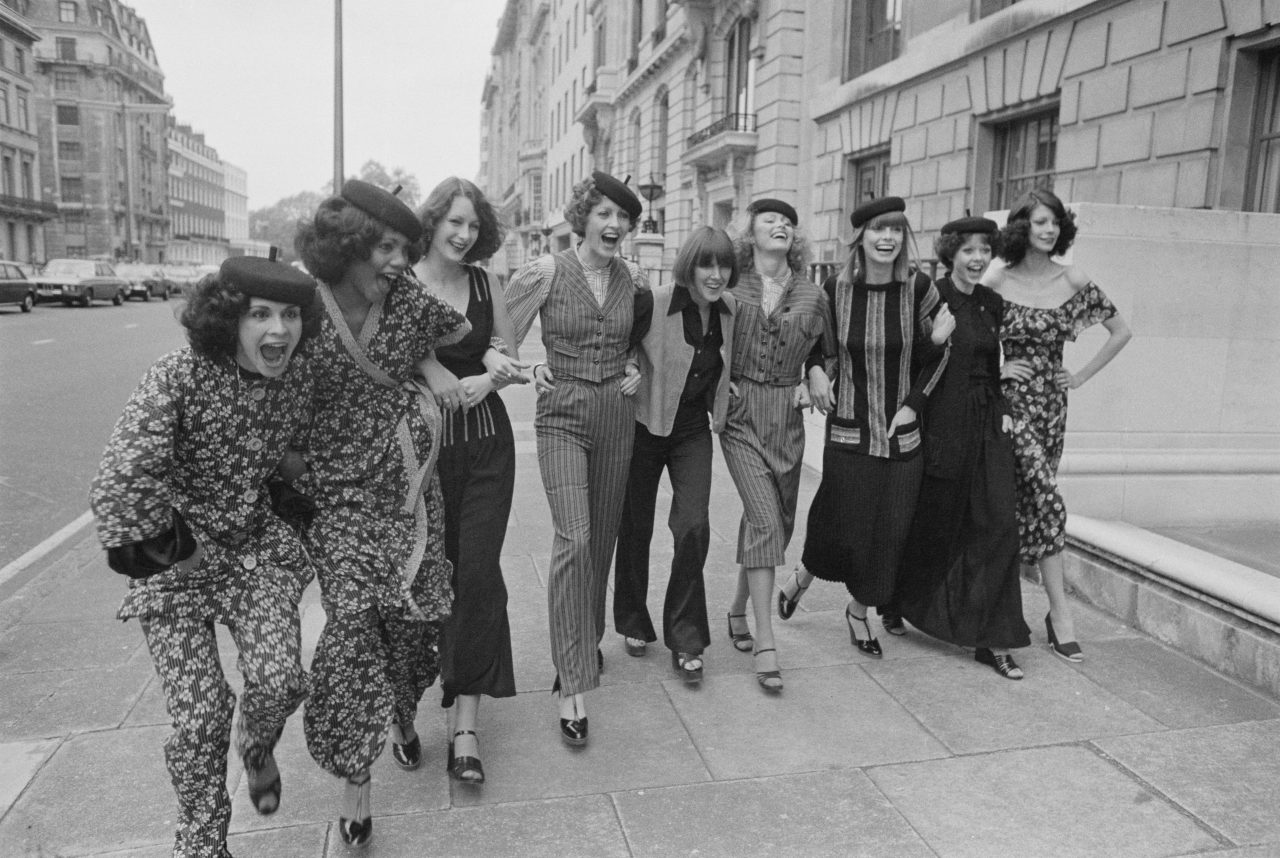
May 21, 1975 Mary Quant with eight fashion models, who are wearing some pieces from her new autumn/winter collection in London.
Photo: Roger Jackson/Central Press/Hulton Archive via Getty Images
In July 1962, Vogue photographed Mary Quant with her husband and business partner Alexander Plunket Greene at Bazaar for its “Young Ideas” section, describing him as “damn-your-eyes elegant in a palest green flannel suit, narrow hips, narrow trousers flaring at the bottom”, with Quant herself wearing a “blue, black and white striped tweed dress” of her own design. Even more impressive? Quant’s creations in the magazine through the years, from Twiggy in a space-age mod dress to her vision of the future of beauty at the turn of the 1970s.
Editor
Hayley MaitlandCredit
Lead Image: Keystone/Getty Images
